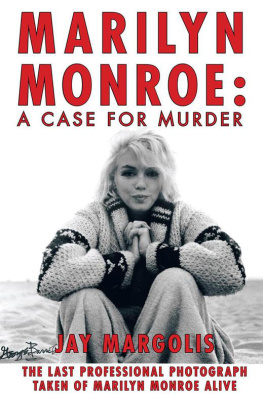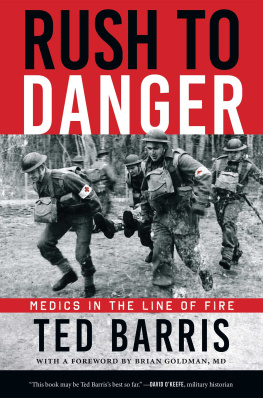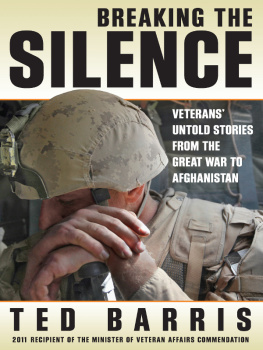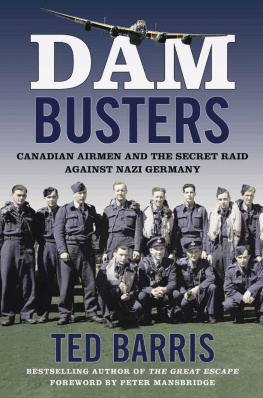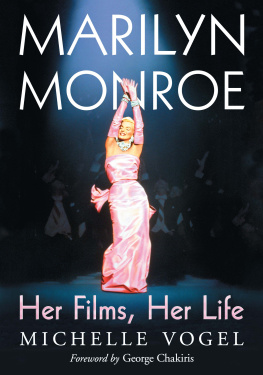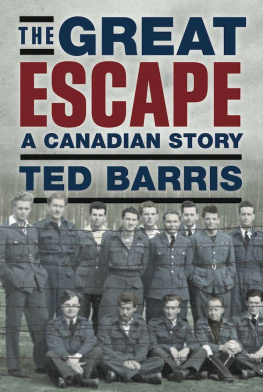
To MarilynNorma Jeane,
who became a legend in her lifetime.
For all the joy and happiness you brought to a troubled world.
We love you, we miss you. Thanks for your friendship.

Theres always two sides to a story.
MARILYN

I HAD ALWAYS WANTED TO WORK ON A BOOK with Marilyn Monroe, from the first time I met her on a freelance photographic assignment back in September 1954. At that time she was in New York City on location for The Seven Year Itch. I initially conceived of the book as an ongoing series of my photographs of her as she went through her daily activities over the next several years, accompanied by her words as I interviewed her. Unfortunately such a book was never to be, but I think the one you are reading now gives new life to Marilyn.
Earlier in 1954, I had suggested to one of my editors, the late Donald Feitel of the Metro Group, that I produce a picture-text story. Since Marilyn had become so popular, her fans and the public couldnt read enough about her, especially about the candid, off-guard moments in her life. Feitel agreed and suggested I take as many pictures of her as I could manage.
When I first caught sight of Marilyn, she was leaning out the window of a brownstone on fashionable 61st Street on the East Side of Manhattan, posing for a film scene. Actually my first glimpse was of her behind. When I took some photos of that now-famous backside, the sound of the cameras shutter surprised her. She quickly turned around, spotted me, and smiled. I took a dozen more pictures, we both laughed, and the ice was completely broken. She certainly had a sense of humor. I subsequently followed Marilyn around for days, interviewing her and taking photos. She was great to work with.
What I particularly liked about Marilyn was that she didnt act like a movie star. She was down to earth. Although she was then twenty-eight, she looked and acted like a teenager. Sure, she was beautiful and sexy, but there was an almost childlike innocence about her. I was most impressed that Marilyn was always polite and friendly to everyone on the set. She was no phony or snob.
Amazing as it seems, in the few days I worked with her we became friends. We discovered that wed been born under the same sign: Gemini. Marilyns birthday was June 1; mine June 14. We liked the same things, and she was easy to talk to. I told her Id like to work with her on a book about her life. She thought about it for a while; then her eyes opened wide, she smiled and answered, Why not? Lets do it someday.
But it wasnt until 1962 that we finally got around to seriously thinking about putting our book together. She had been busy making film after film and had become the international star I knew she was meant to be. I was busy traveling the world doing my stories. And though we had not seen each other, we had kept in touchthanks to the telephone.
In May 1962 I was on assignment for Cosmopolitan magazine for a cover story on Elizabeth Taylor, who was then filming Cleopatra in Rome. Elizabeth was the first actress to receive a million dollars, plus expenses, for appearing in a film. The film shoot had begun in England, where Liz became ill and nearly died. Twentieth Century-Fox, the same studio that then employed Marilyn, had moved the production to Rome, where the warm climate better suited Elizabeth. There she could recuperate from a recent operation and resume filming. Not only was the star sick, but the entire production was in serious trouble. The studio was going bankrupt because of the films enormous expenses. There was no completed script; writers were writing scenes the same day they were filmed. Richard Burton was having an affair with Taylor while she was married to singer Eddie Fisher. Fisher had no idea how to put a stop to his wifes affair. What a fiascoI couldnt wait to get back to New York.
Once back in the City, I had lunch with Bob Atherton, the editor of Cosmopolitan. As a photojournalist my livelihood usually depended on suggesting salable magazine stories to the editors I freelanced for. My friend Marilyn Monroe was making news. She was starting her thirtieth film, which would be her last for Twentieth Century-Fox under her old contract. It was time I did a major story on her. The idea I presented to the Cosmopolitan editor: What was Marilyns future now that she was turning thirty-six? The title of the film she was working on, Somethings Got to Give, could well apply to her career. Could she at thirty-six continue to play sexy, beautiful young women?
Atherton loved the idea. We agreed that it would make a cover and eight to ten pages in the magazine. The idea so excited us both that we didnt even finish our lunch. He asked me how soon I could leave for Hollywood, where the film was already in production at the Fox studios. I told him I could leave immediately.
When I got to Hollywood, I checked into the Sunset Tower apartments on the Sunset Strip. After a good nights sleep, a studio limousine took me the next morning to the Fox studio and Stage 14, where Marilyn was filming. Would she be glad to see me? Would she even remember me by sight? Many big stars meet so many people they have trouble remembering who they were introduced to the previous dayand we hadnt seen each other for a few years.
When I entered Stage 14, I spotted Marilyn right away and walked over. Her back was to me, so I tapped her on the shoulder. Hi. Remember me?
She turned around, smiled, and, with a big hug, said, Its been a long time. Whats the occasion?
Well, I replied, since today is June first, I thought Id fly out from New York to see my ol friendnote I said ol, not old.
She laughed as I hugged her again and said, Happy-happy, and may you have only happy ones. I told her about the Cosmo story; she loved it.
Maybe, Marilyn, I suggested, its time we did the book we talked about all these years.
She laughed. Maybe the time is right now. Why not? George Cukor called for her to appear on the set. Marilyn asked me to stick aroundwe could talk about the book, and other things, later.
Marilyn seemed excited about the film. Her leading man was Dean Martin, whom she had always wanted to work with, and she had gotten good parts for two of her friends. Both were comediansPhil Silvers, the TV star of the old Sergeant Bilko show, and Wally Cox, who had played Mr. Peepers on TV years before. Also in the film was her friend Cyd Charisse, the dancer and wife of actor-singer Tony Martin.
At five thirty that Friday afternoon, Marilyn had finished her scene. It was time for her to call it a day. Then someone shouted Happy birthday, Marilyn! One of the crew wheeled out a huge birthday cake. It had white frosting with a sexy sketch of Marilyn in a bikini and HAPPY BIRTHDAY MARILYN written in huge letterstopped with July Fourth sparklers shooting tiny stars. And of course there was Marilyns champagne, Dom Perignon.
The Fox film crew and cast had remembered Marilyn on her birthday, and this brought tears of joy to the excited actress. She motioned to me to come over and help her cut the enormous cake. The photographers took pictures of us together while everyone was singing Happy birthday, dear Marilyn / We all love you, and may all your wishes come true. I had never seen a happier Marilyn.
Next page

